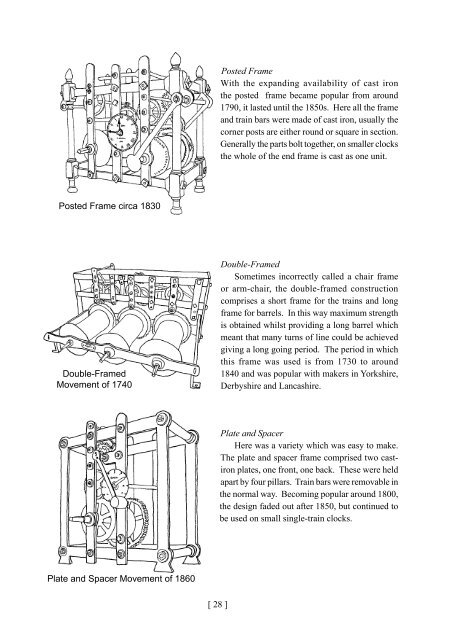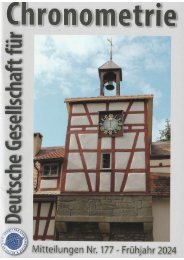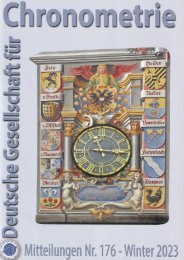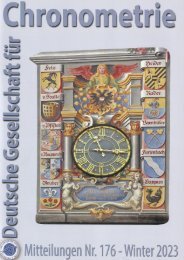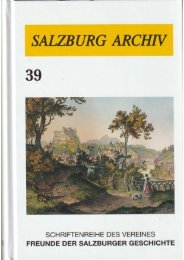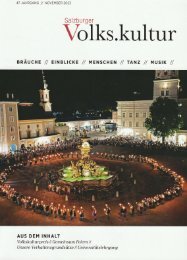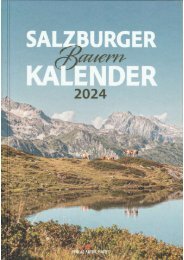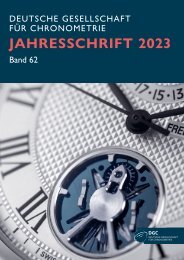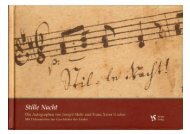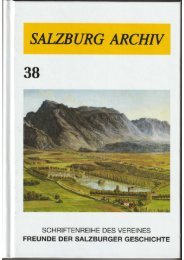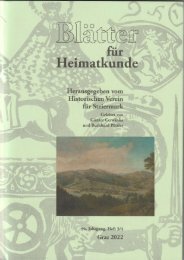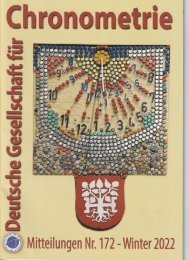Create successful ePaper yourself
Turn your PDF publications into a flip-book with our unique Google optimized e-Paper software.
Posted Frame<br />
With the expanding availability of cast iron<br />
the posted frame became popular from around<br />
1790, it lasted until the 1850s. Here all the frame<br />
and train bars were made of cast iron, usually the<br />
corner posts are either round or square in section.<br />
Generally the parts bolt together, on smaller clocks<br />
the whole of the end frame is cast as one unit.<br />
Posted Frame circa 1830<br />
Double-Framed<br />
Movement of 1740<br />
Double-Framed<br />
Sometimes incorrectly called a chair frame<br />
or arm-chair, the double-framed construction<br />
comprises a short frame for the trains and long<br />
frame for barrels. In this way maximum strength<br />
is obtained whilst providing a long barrel which<br />
meant that many turns of line could be achieved<br />
giving a long going period. The period in which<br />
this frame was used is from 1730 to around<br />
1840 and was popular with makers in Yorkshire,<br />
Derbyshire and Lancashire.<br />
Plate and Spacer<br />
Here was a variety which was easy to make.<br />
The plate and spacer frame comprised two castiron<br />
plates, one front, one back. These were held<br />
apart by four pillars. Train bars were removable in<br />
the normal way. Becoming popular around 1800,<br />
the design faded out after 1850, but continued to<br />
be used on small single-train clocks.<br />
Plate and Spacer Movement of 1860<br />
[ 28 ]


